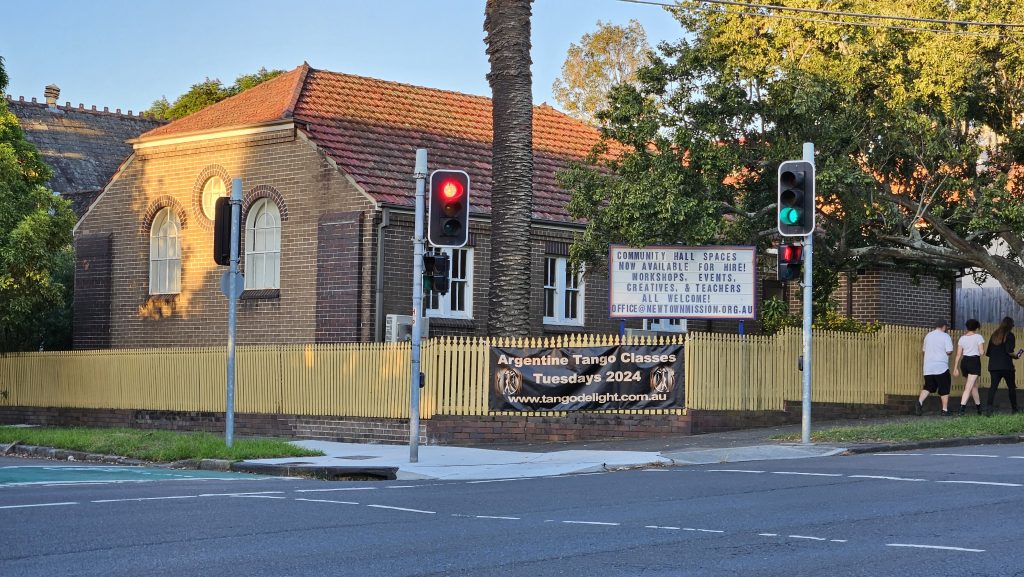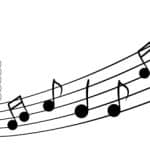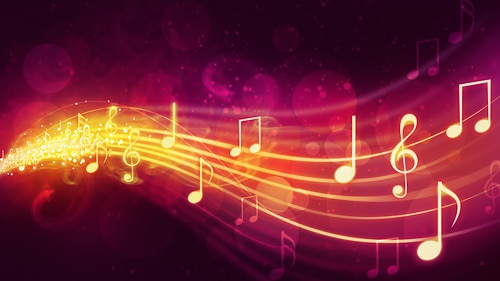Sydney Argentine Tango Lessons – Sydney Inner West – Stanmore / Camperdown
Argentine Tango Class Lessons – refer below – Term Four starts on 15 October
Argentine Tango Private Lessons – contact Graham to arrange a booking – 0429 924 009
We also teach social Ballroom and Tango for your Wedding Dance – contact Graham to discuss
Never danced before?
No problem, you don’t need to wait for a new term
Our classes and lessons are designed in such a way you can join any time and still learn quickly
Graham would be “delighted” to teach you the Argentine Tango, and looks forward to you joining us
TERM01
Beginners
Tuesdays – 6 February to 9 Apri
(10 weeks)
7pm – 8pm
Music: Carlos DiSarli
TERM 02
Beginners
Tuesdays – 30 April to 2 July
(10 weeks)
7pm – 8pm
Music: Juan D’Arienzo
TERM 03
Beginners
Tuesdays – 23 July to 24 September
(10 weeks)
7pm – 8pm
Music: Francisco Canaro
TERM 04
Beginners
Tuesdays – 15 October to 24 December
(10 weeks)
7pm – 8pm
Music: Anibal Troilo
Our four terms follow the NSW school terms, and private lessons are available during term breaks
FAQ
Do I need to do the entire term?
No, not at all however, please keep in mind when we are discussing musical options you might miss some and it will be a long time before we rotate back to the same orchestra unless for very specific reasons.
While this is not a big challenege, particulalry as you understand the music better, from time to time, you may not have a full range of musical choices. This will not impact your enjoyment of Tango, you will still learn and enjoy what you are learning and improve what you already know and use every week.
A lot of the focus is on the quality of your dancing, not just the number of steps you can do. As well as learning, new musicality, we will constantly be revisiting fundamentals, showing different possibilites and exploring ways to adapt and improve the leading and following.
TERM ONE
TUESDAYS
Beginners: 7 pm to 8 pm
First: Tuesday 6 Feburary
Last: Tuesday 9 April (10 weeks)
Orchestra: Carlos DiSarli …more
Beginners welcome to join mid-term as the syllabus caters for this
Existing dancers can join to work on and improve their technique
TERM TWO
TUESDAYS
Beginners: 7 pm to 8 pm
First: Tuesday 30 April
Last: Tuesday 2 July (10 weeks)
Orchestra: Juan D’arienzo .…more
Beginners welcome to join mid-term as the syllabus caters for this
Existing dancers can join to work on and improve their technique
THURSDAYS
Intermediate and improvers: 7 pm to 8 pm
First: Thursday 2 May
Last: Thursday 4 July (10 weeks)
Welcome to join mid-term as the syllabus caters for this
TERM THREE
TUESDAYS
Beginners: 7 pm to 8 pm
First: Tuesday 23 July
Last: Tuesday 24 September (10 weeks)
Orchestra: Francisco Canaro …more
Beginners welcome to join mid-term as the syllabus caters for this
Existing dancers can join to work on and improve their technique
THURSDAYS
Intermediate and improvers: 7 pm to 8 pm
First: Thursday 25 July
Last: Thursday 26 September (10 weeks)
Welcome to join mid-term as the syllabus caters for this
Milonga: 8 pm – 9 pm …more
First: Thursday 25 July
Last: Thursday 26 September (10 weeks)
Bookings required …more
TERM FOUR
TUESDAYS
Beginners: 7 pm to 8 pm
First: Tuesday 15 October
Last: Tuesday 17 December (10 weeks)
Orchestra: Anibal Troilo …more
Beginners welcome to join mid-term as the syllabus caters for this
Existing dancers can join to work on and improve their technique
THURSDAYS
Intermediate and improvers: 7 pm to 8 pm
First: Thursday 17 October
Last: Thursday 19 December (10 weeks)
Possible change of venue for Thursday nights to Leichhardt, bookings are required at present
Once venue is confirmed this will go back to join mid-term as the syllabus caters for this
Milonga: 8 pm – 9 pm …more
First: Thursday 17 October
Last: Thursday 19 December (10 weeks)
Possible change of venue for Thursday nights to Leichhardt
Bookings required for all Milonga classes …more
Argentine Tango Milonga Course
Milonga: 8 pm – 9 pm Thursdays (bookings are essential for the Milonga course)
You can book by phone or use the webform on the contact page …more
Please check for updates on a regular basis
I don’t know how many times I have heard from Followers, “I don’t like Milonga!” but it is a lot. Then “I enjoyed that”, in a surprised tone, after we danced the Milonga together.
Milonga has been around since the early Twentieth Century. In 1910 it was dance in England and in 1913 – 1914 Milonga swept through America. It made newspapers in Fort Wayne and even train cars were converted in Chicago so people could dance on the way.
This dance has a long history, and unlike many dances it has achieved a status of “a craze”, whilst being only one part of the Tango trio (Tango, Vals, Milonga). It is still danced at events all around the world every night of the week. Tango is recognised as a world heritage dance, and there are dancers who only specialise in the Milonga style.
With all this going for it, the fact some Followers do not like Milonga speaks volumes about the way it is often danced. So if you love Tango, and want to try Milonga, why not do yourself a favour and learn this fun and exciting dance the way it is meant to be danced with style, elegance and above all fun.
Milonga courses have a structure, each week gives more options with either musicality, or steps.
We discover ways to move as the floor progresses, how you can modify what you do now to be safer and more musically.
We look at steps that can be stationary if the floor is not moving or people are continually stepping back, and steps that will progress and how you can modify them to move more or less.
Each Class has a set of exercises that teach you different concepts, for the less experienced there is a simpler or easier set, and for the more experienced often there is a more advanced set of exercises so at any level you can pick the right one for you.
If you already love Milonga, you will love this term, it is full of great socially usable steps and we will also be exploring the many rhythmical options.

Orchestra Term 01: Carlos Di Sarli
Doing it with Strings
While Di Sarli is most notable for violins and elagance, it is just as important if not more important to focus on the pianos, which he himself played.
We explore changes and time periods. Most notable his recordings after 1950. His recordings form 1954 onwards are some of his best quality soundwise, however, dancers generally prefer the 1950 – 1954.
Orchestra Term 02: Juan D’Arienzo
King of the beat
In the years befor D’Arienzo came to the forefront of tango, the music was ebcomeing more sophistacated, turning more to the ear. Much richer, there was infulence and callings from Rock and Roll and Jazz. D’Arienzo in his second recording period took Tango back to Rhythmical, stecatto music and took it away from more sophistacated appreciated by many to those that just wanted to dance in this faster. more rhythmical way.
Like all tango there is varience and the violins do play a role, but alwyas the strong Rhythm and Compas (tempo) is there. Later in his career there are a lot of strong pauses or stops in some of his music. It is a shame more of this period does not get played, It adds a nice variety.
While the music it strongly staccato and rhythmical, there are changes in tempo and also mood and “texture”, or as they say the colours of this Tango.
At our Dance studio in Sydney’s inner west in camperdown we continue to explore the music of this fine orchestra and many others on an ongoing basis.
Orchestra Term 03: Francisco Canaro
Canaro is considered to be more simple Tango and indeed it is
But don’t be fooled
Francisco Canaro and his Orchestras had a 5 decade career in Tango, often so misunderstood, simple more rhythmical but also full of different musical instruments and also changing base rhythm give the Tango dancer lots of opportunities.
He was an inovator, his music changed and adapted, some was influenced by Jazz.
There is usually a rhythmical base and it has many pauses and a lot of moments with instruments filling in the soft notes where the base is paused or soft.
We explore all of this and the phrases and the endings to elevate your dance to this style of music.
Orchestra Term 04: Anibal Troilo
The rise of the Orchestra Singer
Aníbal Troilo, was a pivotal figure in the evolution of Tango music.
A virtuoso bandoneón player and innovative composer, Troilo brought a new level of sophistication and expressiveness to tango in the 1940s and 1950s. His orchestra, characterized by its rich, velvety sound and emotional depth, became the benchmark for the Tango genre.
There are also many great Instrumentals in Troilo’s peak that are loved and danced all around the world and requested at many Milongas. His instrumentals are considered a MUST at most Milongas in Buenos Aries. And yet he is probably most known for his work with singers taking the lead as a musical instument and not just an accompianist.
Like many Tango Orchestras he adapted to changes, and at least twice in his career, he used the evergreen classic structure of Staccato (choppy rythmical) changing to Legato (slow and flowing). Dancing to Troilo’s music requires an appreciation for its nuanced rhythms and dramatic pauses. His tangos often feature a strong, steady beat overlaid with intricate melodies, allowing dancers to express both power and subtlety in their movements.
The key to interpreting Troilo’s music on the dance floor is to listen closely to the bandoneón lines, which often carry the emotional core of the piece. Dancers should aim to embody the music’s intensity during its crescendos and utilise the characteristic Troilo pauses to add moments of tension and release to their dance. The walking steps (caminata) should be smooth and grounded, reflecting the rich bass lines of Troilo’s orchestra. During the more lyrical sections, dancers can incorporate expressive embellishments and slow, dramatic movements that mirror the bandoneón’s plaintive tones. Above all, dancing to Troilo’s tangos is about feeling the music deeply and allowing it to guide your movements, creating a seamless fusion of sound and motion that honors the maestro’s enduring legacy in Tango.
Payment
Payment is cash on the night or direct deposit
Refer to Special Offers page
Location
Sydney Argentine Tango Lessons – Sydney Inner West – Stanmore / Camperdown
Community Hall
Cardigan Street, Camperdown (corner Salisbury Road)
There is a large hall and a small studio, and the venue used will depend on the numbers for each Term
Thusdays for Term Four may be at Leichhardt, please check when you make a booking

Directions
Public transport: Bus down Parramatta Road – stop near Bridge Street
Landmarks are 99 Bikes and McDonalds on either side of the corner
Walk down Bridge Street and turn left into Salisbury Road
Street parking: is available in either Cardigan Street, or Salisbury Road





